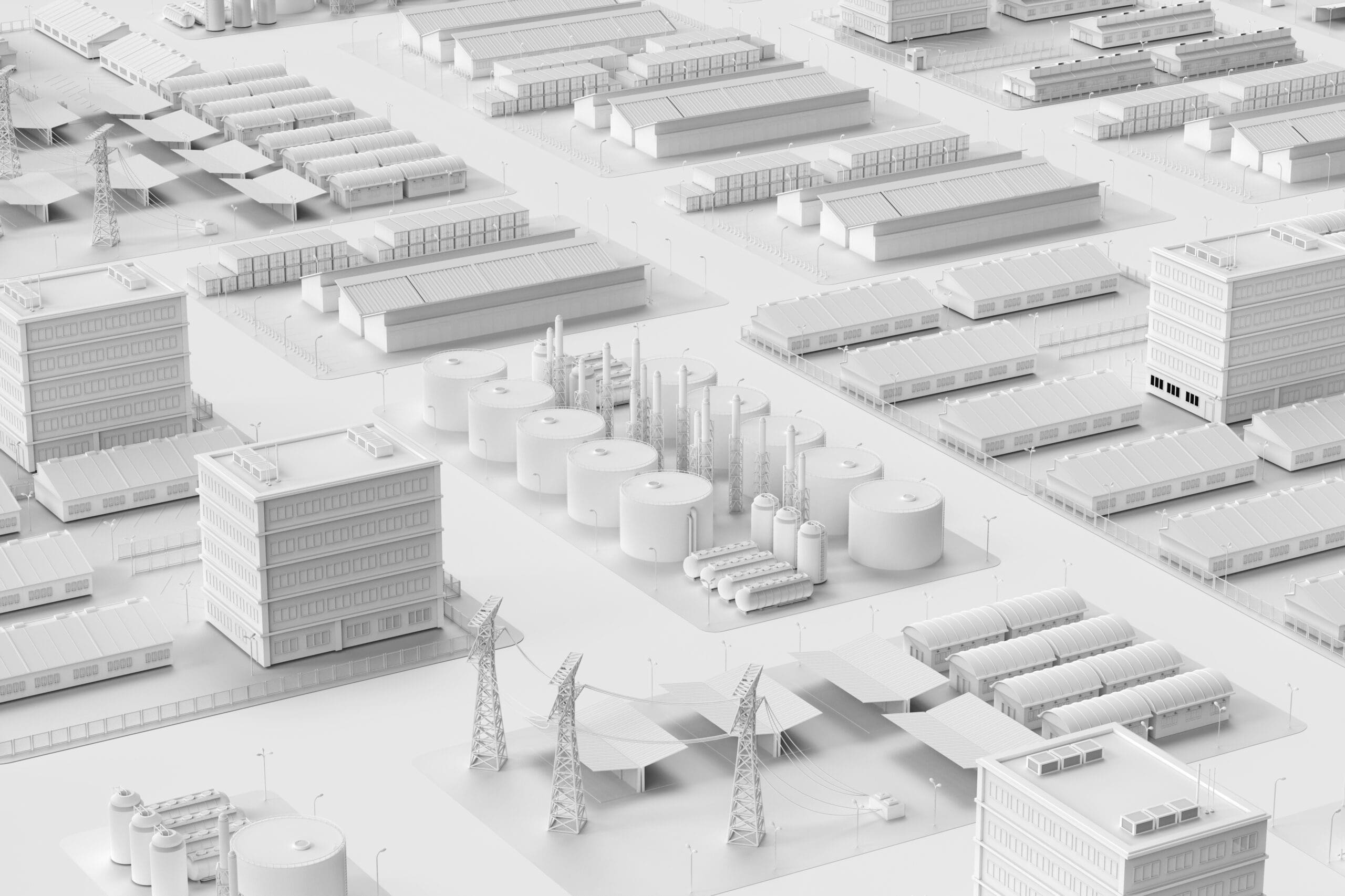Utilities in the UK and Europe face a myriad of challenges in the quest to provide safe, reliable power. In the midst of escalating energy demand and ambitious climate change goals, the evolving regulatory landscape adds another layer of complexity that directly impacts utility asset management. Equipped with the right technology, UK and EU utilities can simplify and streamline compliance with regulatory requirements while meeting shifting expectations.
Changing Regulations Add Pressure on Utilities
As utility regulations evolve in Europe and the UK, the compliance function becomes more critical yet increasingly complex. Below are some of the most impactful regulatory changes affecting how utilities in the region manage field assets and maintain compliance.
- The UK’s Renewables Obligation (RO) requires electric utilities to provide a certain number of renewable obligation certificates (ROCs) per MWh of electricity supplied. This affects providers in England, Wales, Scotland, and Northern Ireland. Complying with the new 2025-2026 obligation requires completing critical actions by key deadlines, such as providing estimated and final data on total electricity supplied during the obligation period and presenting ROCs and/or making a buy-out payment to meet the obligation.
- The Market-Wide Half-Hourly Settlement is expected to drive a significant smart meter upgrade (and cost savings) among millions of consumers and businesses in the UK starting April 1, 2025. While second-generation smart meters already record energy usage on the half-hour, those using first-generation smart meters will need to upgrade. As newer smart meters roll out, energy suppliers will be well-positioned to create new revenue streams and tailor products and tariffs based on energy use.
- The EU Gas Storage Regulation mandates that gas storage facilities be filled to at least 90% of capacity by November 1, with intermediate targets set for February 1, May 1, July 1, and September 1. These requirements ensure adequate gas supply for the 2025-2026 winter season, impacting EU countries with underground gas storage facilities and those connected through the gas network.
- To further safeguard gas supply, EU governments have extended gas demand reduction measuresuntil March 31, 2025. Initially adopted in 2022 in response to the supply disruptions and price volatility caused by Russia’s invasion of Ukraine, this initiative aims to reduce gas demand by 15%.
- The Network and Information Systems Directive (NIS2), enacted in October 2024, is intended to reduce cybersecurity risk and enhance operational resilience, particularly for essential sectors like energy and utility services, where attacks on critical infrastructure could be catastrophic. Utilities will be required to implement stricter cybersecurity measures, improve resilience against cyber threats, and meet incident reporting requirements.
Along with these regulatory changes, utilities are striving to meet aggressive climate change and decarbonization goals. At COP29, the UK announced a goal to reduce emissions by 81% by 2035, while the European Commission aims to reduce net greenhouse gas emissions by at least 55% by 2030 and achieve net-zero emissions by 2050.
Meanwhile, aging infrastructure is making it increasingly difficult for UK and EU utilities to meet rising demand while implementing decarbonization efforts and transitioning to clean energy sources. The adoption of electric vehicle, the expansion of cloud computing, and the increasing use of AI are all taxing the grid, fueling the need for significant modernization and upgrade projects.
Contact an Epoch Sales Consultant today ⟶
Digitized Utility Field Service Management Improves Compliance
In the face of these realities, electric and gas utilities in the UK and Europe recognize that strategic, proactive asset management is more critical than ever. By leveraging a digitized utility field service management platform, they can enhance compliance, improve asset availability, and ensure worker safety and efficiency.
A map-first field service management platform helps utilities comply with evolving regulatory requirements designed to improve safety, ensure reliability, and protect the planet. The following capabilities are hallmarks of a modern field service management platform, streamlining and simplifying compliance functions:
- Real-time Data Collection and Reporting. Complying with regulatory reporting obligations requires access to real-time data about field assets. A modern asset management platform integrates GIS and other data across disparate systems, including back-office solutions, to ensure accurate reporting. By adding a data migration tool such as EpochSync Pro, utilities can further ease compliance reporting by streamlining the process of getting GIS data into a format that enables them to use the Esri ArcGIS Utility Network. EpochSync Pro seamlessly synchronizes data bidirectionally and accurately between Smallworld Version Managed Data Stores and Esri ArcGIS Enterprise Geodatabases.
- Tracking and Tracing Capabilities. The ability to track and trace every field asset with confidence is essential to maintaining compliance. A robust field workforce management solution offers digital as-built capabilities that ensure real-time visibility of assets across the network. These solutions also improve documentation management and make it easier to maintain a complete audit trail of historical asset information.
- Safety-Related Functionality. Improved safety is at the heart of many utility industry regulations, so an effective field service management platform must support this objective. A mobile workforce management solution provides field crews with the situational awareness to work safely based on real-time data about conditions on the ground.
- Regulatory Updates and Guidance. A field workforce management vendor should relieve some of the compliance burden from utility staff by keeping tabs on regulatory changes and updating the system accordingly. A best-in-class vendor also shares compliance best practices, leveraging its experience across the global utility industry.
Along with enhancing regulatory compliance, a mobile workforce management platform can help gas and electric utilities meet evolving demands by improving operational excellence. In a fast-changing environment, it’s essential to leverage technology to increase visibility into field operations, improve agility, and enhance worker efficiency.
For UK and EU utilities striving to achieve these objectives, the following features should be considered essential components of a field service management solution.
- Grid Resilience and Reliability Support. Today’s electric and gas utilities need solutions that help them deliver reliable power amidst the rising incidence of climate-driven extreme weather. The right platform supports this goal by speeding and improving outage response and streamlining incident reporting.
- Mobile Capabilities. An increasingly mobile workforce requires the tools to inspect, maintain, and repair field assets efficiently and safely. That’s why many utilities in the UK and EU are adopting a map-centric asset management system. By equipping their crews with robust mobile apps and the ability to work offline if needed, they’re speeding and simplifying field work and improving efficiency.
- Predictive Analytics. Modern, digitized field workforce solutions incorporate advanced analytics designed to predict failures, optimize maintenance, and provide the data operations teams need to mitigate risk.
Utilities in the UK and Europe Improve Compliance with EpochField
No matter how complex or volatile the regulatory environment, electric and gas utilities in the UK and EU have a powerful solution at their disposal: the EpochField platform.
EpochField is a map-centric, geospatial-based platform that provides the modern capabilities these organizations need to maintain regulatory compliance, while achieving the operational excellence to improve resilience against weather and other threats, enhance power reliability and availability, and meet growing demand. It’s a highly scalable and easily configurable solution that simplifies compliance through improved data visibility, access, and reporting along with robust tracking and tracing. EpochField also enhances the entire field operations function by streamlining the work, equipping mobile crews with robust capabilities, and improving data management—even across multiple legacy applications and third-party systems.
EpochField is the flagship product of Epoch Solutions Group, dedicated to equipping utilities to achieve operational excellence, sustainable growth, and regulatory compliance. We become a true partner to your business, combining our deep utility industry expertise with an innovative, purpose-built solution that helps you meet evolving challenges.
Contact an Epoch sales consultant to learn how our field asset management solution can help you maintain regulatory compliance and achieve operational excellence. Or visit our Utility Operations Resource Center for insights and resources from the utility experts at Epoch Solutions Group.
UK and EU Regulations
UK and EU utilities must comply with updates like the Renewables Obligation, NIS2 cybersecurity directive, and new gas storage regulations that require better data, traceability, and infrastructure visibility.
Using a mobile field service management platform like EpochField helps integrate real-time data, automate reporting, and ensure full audit trails.
Key features include mobile access, digital as-builts, GIS integration, and automated data synchronization across legacy systems.
It streamlines compliance while improving grid reliability, field crew efficiency, and resilience against climate-related risks.
Accurate asset tracking ensures compliance, supports reporting, and improves decision-making during audits and regulatory reviews.





